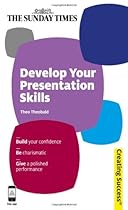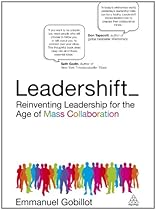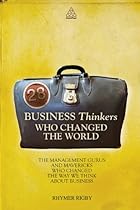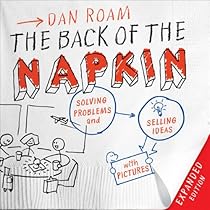I'm a 33-year-old man wanting to venture into business. I want to start small with a view to growing big. What advice can you give me starting out as an entrepreneur? —P.S., Lusaka, Zambia
First, revisit your decision to pursue entrepreneurship, with the goal of weighing the opportunity costs realistically. Getting some solid numbers is a good way to clarify the risks and rewards of entrepreneurship, particularly in the startup phase, says Shawn Bercuson, a serial entrepreneur and angel investor who was one of Groupon's first employees.
"If you plan to leave your job for a year and go for entrepreneurship, you should spell out exactly what that will cost you. Then you can think about whether the risk is worth the potential for reward," says Bercuson, who is working on Prescreen.com, a new startup in San Francisco.
For instance, are you in a financial situation to give up a salary and make a risky move now, or should you wait until your children (if you have them) are older? If you are giving up a stable job to become a business owner, calculate how much you make now, including such benefits as insurance and a pension if you get them, and add it to the amount you will have to contribute to your business startup.
That amount, not counting personal sacrifice and hard work, is the cost of starting a company. Are your business idea and commitment to entrepreneurship strong enough to balance out that cost? And do you have a good chance of achieving a return on that investment within a reasonable time frame? Run your business idea through a feasibility study and write a simple business plan: Both will help you answer these important questions.
When You Can't Sleep at Night
Bercuson says the passion that entrepreneurs bring to the table is also vital: "The minute you cannot sleep anymore because you are dreaming about the upside of this business idea, you should go do it."
But don't let that passion carry you away, says Gopal Vemuri, president and chief executive of JobpadHQ.com and a serial entrepreneur and investor: "Typically, entrepreneurs are very passionate about the product or the problem they are trying to solve, so most of their efforts go toward product development, and they often lose sight of finances."
Remember that finances are the lifeblood of any business. Be vigilant about budgeting, forecasting, and tracking your revenue, cash flow, expenses, and overhead. Vemuri says he organizes his company culture around frugality. He uses free tools, such as Google (GOOG) collaboration apps, Skype, Zoho.com customer relationship management systems, and open source software.
"Keep overhead to a minimum by progressing from a home office to a shared space to an office space," Vemuri writes in an e-mail. "Insist on a free trial of any product before you buy it, and seek out discounts or ask for them if none is indicated. Clearly understand the difference between wants and needs. There is no place for wants in business."
Separating Yourself From the Pack
When it comes to your business itself, make sure you have differentiated your products or services from others already on the market. Getting customers to try something new or work with a new vendor is tougher than it sounds; we're all creatures of habit. "Make sure you know and can demonstrate a significant differentiator to separate yourself from the pack for your startup to succeed," says Shama Kabani, president of Marketing Zen Group in Dallas and author of The Zen of Social Media Marketing.
Keep your external costs low, she says, and forget about fancy offices or full-color marketing materials to start. "Invest in training for yourself and hiring good people who can bring a lot to your clients and get the job done," Kabani says.
Finally, give yourself a deadline to succeed at entrepreneurship. If it's not for you, cut your losses earlier rather than later. Be willing to let go of a bad idea go so a good idea can take its place, Kabani says. "Being an entrepreneur means you will have lots of ideas," she says. "Don't get stuck or proud if it is clear the fantasy about something is better than the reality. Listen to your marketplace, and be willing to try something different." Good luck.
Karen E. Klein is a Los Angeles-based writer who covers entrepreneurship and small-business issues.
Thanks To Bloomberg L.P. / Bloomberg Businessweek
http://www.businessweek.com/print/smallbiz/content/may2011/sb20110513_276384.htm









